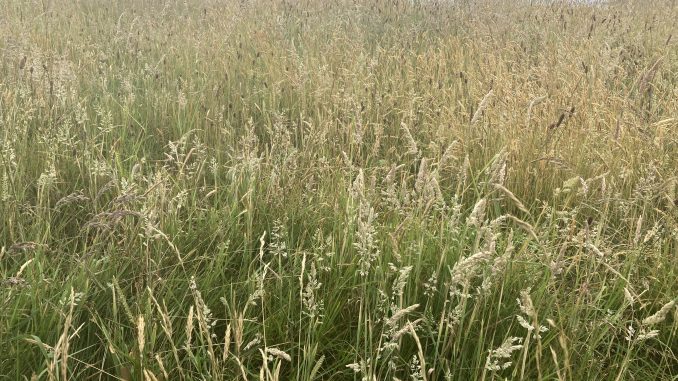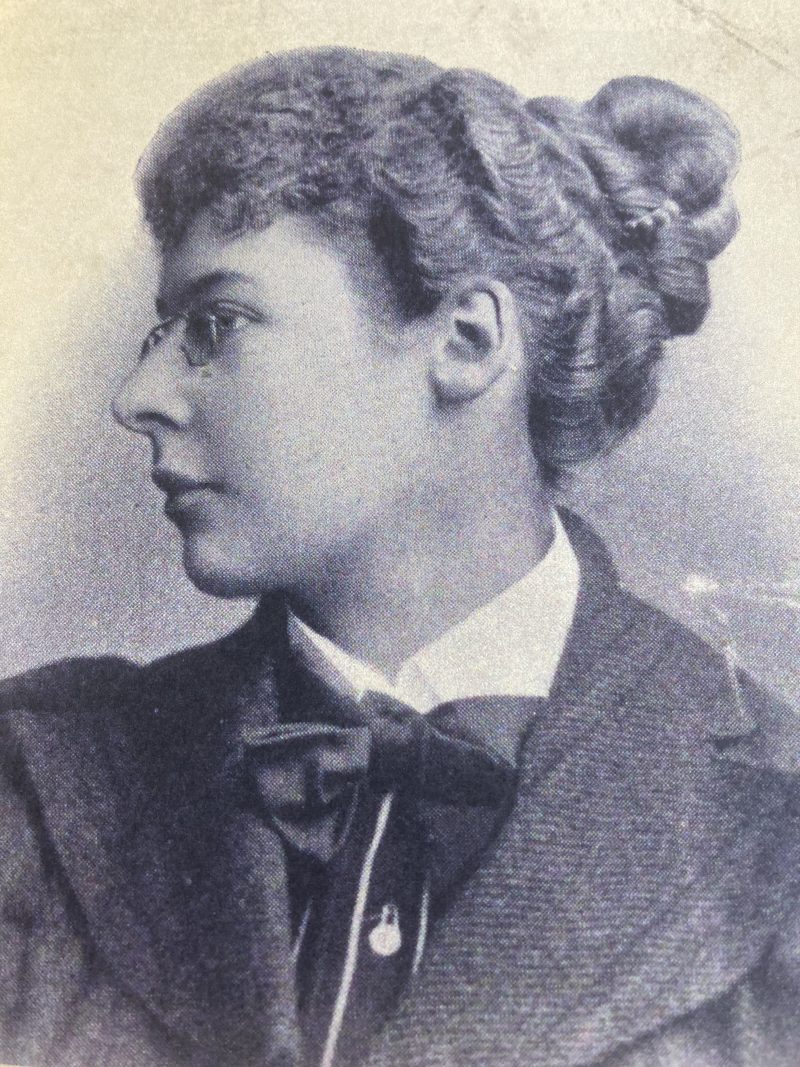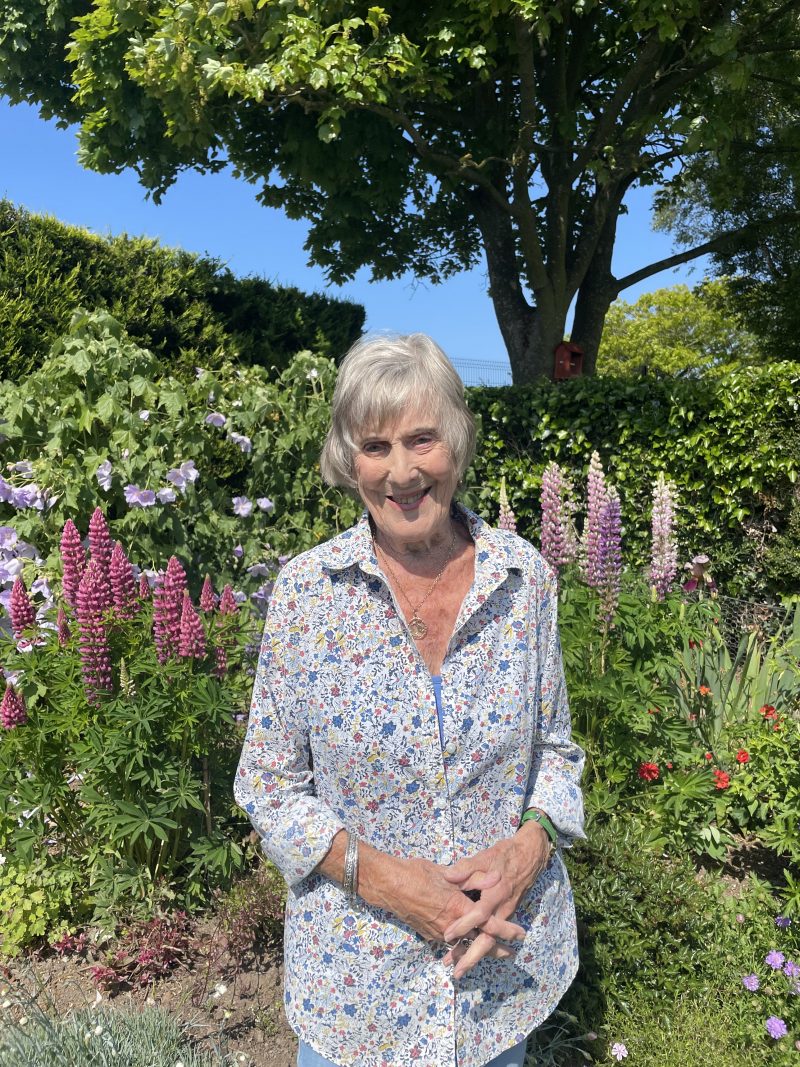

I spent some time in Donegal last week and the weather was amazing. Set on top of a hill it was impossible to even leave the house, no shade to escape the sun but lovely to sit at home with doors and windows open and the tall grass motionless. In the relative cool of the evening a walk to the pier and a paddle was so refreshing and cool drinks throughout the day essential. But what about the birds, how do they cope in temperatures approaching 30 degrees. I watched a snail struggle across the path to the shadow of the hedge, plants were bleached in the sun after two solid weeks of cloudless sky and last night the mother and father of a thunder storm and welcome torrential rain. Sorry I missed it, something so terrifying about thunder and lightning but fascinating. I remember sitting in a bar in Spain looking out at the horizon where the lightening was flickering non stop, forking from the sea to the sky and I wasn’t t one bit scared. Then the band stopped playing and we could hear the thunder overhead and suddenly I was frightened. Just proves the silliness of my thinking, the thunder is completely harmless, it’s the lightning that can be dangerous. My mother was terrified of such storms and she would go straight to the dark of the hot press to hide, then someone told her to turn on all the lights and the flashes she was so frightened of would seem less scary.
There are storms forecast for later today in Northern Ireland, if so remember to take your phone and computers off charge as lightning can come down the line and do damage. Unlikely but better be safe than sorry.
If all this is an example of global warming we’ll soon get tired of the ultra good weather and so will the plants and the animals let alone children and the elderly, so we must be aware and think ahead. In the meantime, if we’re to have a summer of high temperatures, good idea to put out bowls of water for the birds and keep the tomatoes well watered!

Nothing Frightened The Woman From Dunmurry

Imagine sailing the South Pacific, disembarking at Tahiti in the pearly light of dawn, alighting onto the docks in Papeete the island capital. The waving palms laden with immense clusters of nuts, bananas with broad green leaves twelve feet long, rare stephanotis, tuberose, gardenia and trees with wonderful scarlet blossoms and the smell of coconut in the air. It was part of an adventure which, in 1904 took this particular 34 year old traveller through the South Pacific and beyond. She was Beatrice Grimshaw a woman born into a wealthy linen family living in Cloona House near Dunmurry, Co. Antrim and expected to be a model daughter, ‘I was taught to behave, to do the flowers, to be polite but not too polite to young gentlemen, to accept flowers, sweets and books from them but no more.’
She was born at a time when Belfast was expanding to become the largest industrial city in Ireland but time didn’t fare well for the family and eventually Cloona had to be sold and it now houses the Colin Neighbourhood Partnership. At sixteen her family moved to Caen in Normandy for a short stay and Beatrice had her first taste of living away from the land of her birth
Maybe it was the start of her wanderlust, her desire to travel and write. She came back to live in Dublin and applied to the Irish Cyclist expressing her interest in cycling and journalise. She did so under the pseudonym Belsize in case they would dismiss the thought of a woman wishing to work for an all male magazine!
Gravel Roads and Solid Tyres
At the age of 23 she was promoted to editor of the sister magazine The Social Review and proved her ability claiming a world record for a 24 hour cycle by a woman riding some 212 miles from Dublin to the central plains and back on gravel roads and solid tyres. ‘I left my rooms at eleven o’clock at night, rode through the dark alone with provisions packed on the bicycle and an ankle length skirt encumbering my limbs.’
By 1902 she was working in Liverpool for Cunard and, crossing the Atlantic for the first time, she was hooked on adventure. Being a resourceful woman she had visiting cards engraved calling herself an advertising expert, presented them to the biggest shipping companies who consented to support this young and totally unknown woman as long as she could assure them of newspaper editorial. No problem, her stories arrived from New York across the South Pacific, she ended up living in Papua New Guinea and eventually died in Australia in 1953. In the years between Beatrice travelled where no white woman had gone before, her writing brought the adventure to life, her descriptions entranced her readers. She stayed with missionaries where possible ignoring their advice not to travel into uncharted waters and certainly not to ride a horse across Fiji. It all fell on deaf ears! On the Island of Goaribari the Lieutenant Governor addressed the villagers. He told them to stop eating each other, (Beatrice found cookery recipes for the best methods of preparing human food, husbands would kill their wives at will, boil and eat them), and, he said, if they persisted in eating the young people soon the village would die out. He insisted they were not to kill any white men, or women. but to receive them civilly when they came to visit.
How Do I Know All This?
Because, with her travelling companion Joyce Brown, seven years ago Diana Gleadhill librarian, travel writer and Fellow of the Royal Geographical Society did the same journey, walking in the footsteps of the adventurer almost 100 years later.

“I’d been giving a talk in Portaferry sailing club about my waterborne adventures when Jack Foster, Professor Emeritus of English at Queen’s University asked me if I’d ever heard of Beatrice Grimshaw.” Diana was amazed at what he had to say, immediately returned to her home tn Killyleagh, called up Google and found Beatrice had published travel books, short stories and forty novels with two being made into films. “I was hooked.”
Both women were born in Belfast, both Aquarians, both middle children from linen families and both rode ponies and cycled. However, when Diana began her research in earnest she found little else. “But Jack Foster to the rescue again. In his book Irish Novels he discusses her writing and this led to further connections, eventually through much on-line detective work my meeting up with Hilary Tulloch a distant cousin of Beatrice, a woman she so admired. She agreed her relative’s story should be told as she was a pioneer in several different fields, a cyclist, a female professional journalist and author, a colonial planter in Papua and, most of all, a lone traveller in the Oceanic world.”
Joyce and Diana had many challenges to face and the immensity of it must have hit them as they stepped into a dug-out canoe, sitting on wicker chairs to set off up the Sepik River to the hidden often dangerous villages of Papaua New Guinea, reliving the life of Miss Grimshaw as closely as possible, ‘a wondrously tall journalist carrying a gun and a good camera.’
“I wondered was there a man in her life and as a romantic I was delighted to discover there was. She wrote: ‘Romance? Yes, such I have never written and never will write. Sorrow and death; a spot in an island graveyard where the mossy marbles rest upon the bravest heart that Papua ever knew’. Before they could married William Little died of tropical fever.”
Her resting place in the Roman Catholic cemetery in Bathurst, New South Wales, remained unmarked until January 2017 when Diana was invited to be guest of honour at the unveiling of a plaque on her hero’s grave.
“It was quite emotional for me being so close to Beatrice’s remains; this remarkable woman whom I had followed across the world at last recognised.”
Shadowing Miss Grimshaw is available on Amazon.

